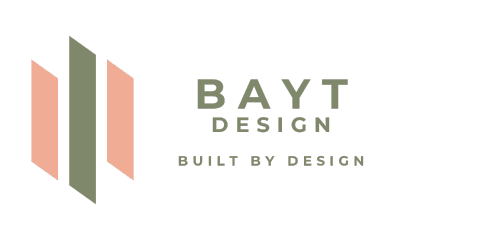Murt Almohsen
At BAYT, we understand the growing interest in adding granny flats—also known as family flats or accessory dwelling units—to properties in Ireland. These self-contained living spaces offer practical solutions for accommodating family members or generating rental income. However, navigating the planning permission landscape is crucial to ensure compliance and avoid potential pitfalls.
In Ireland, the necessity for planning permission when constructing a granny flat depends on several factors, including the structure’s size, intended usage, and adherence to specific guidelines.
According to the Citizens Information Board, certain house extensions may not require planning permission if they meet the following criteria:
However, these exemptions typically apply to non-habitable structures. When it comes to granny flats, which are habitable spaces, planning permission is generally required. As noted by Lawn Pod, “Granny Flats or overflow accommodation must apply for planning permission before being built.”
For standalone units, regulations are stricter. While garden rooms or sheds up to 25 square meters may be exempt from planning permission if not intended for habitation, granny flats built as separate dwellings usually require formal approval. Buck Planning explains: “Current regulations allow for certain exemptions—you can build a free-standing structure up to 25 square meters without planning permission, provided it’s not intended for habitation.”
In light of ongoing housing challenges, the Irish government is considering proposals to ease planning restrictions for granny flats. These changes may allow such units to be built in back gardens without requiring formal planning permission. As reported by The Sun: “The Irish government is considering new proposals to allow granny flats to be built in back gardens without the need for planning permission.”
These changes aim to address the housing needs of approximately 440,000 young adults still living with their parents. However, these remain proposals at this stage. Until they are officially enacted, existing planning regulations continue to apply.
Meet with your local planning authority to discuss your project. This consultation helps identify potential issues early and ensures alignment with local development guidelines.
A successful application should include:
South Dublin County Council recommends including such documentation for all family flat developments.
You must notify the public through:
Submit your application and required fee to your local authority. Ensure that all documentation is complete to avoid unnecessary delays.
The planning authority usually makes a decision within eight weeks. During this time, they may request further information or propose changes to your plans.
Several factors can impact the outcome of your planning application:
Addressing these challenges within your application improves the likelihood of receiving approval.
Adding a granny flat to your property in Ireland requires a thorough understanding of planning regulations. While some exemptions apply, most habitable structures still require formal planning permission. Staying informed about evolving policies and engaging with your local authority can help streamline the process.
At BAYT, we guide clients through every stage—from design and planning to full construction—ensuring your project remains compliant and true to your vision.


